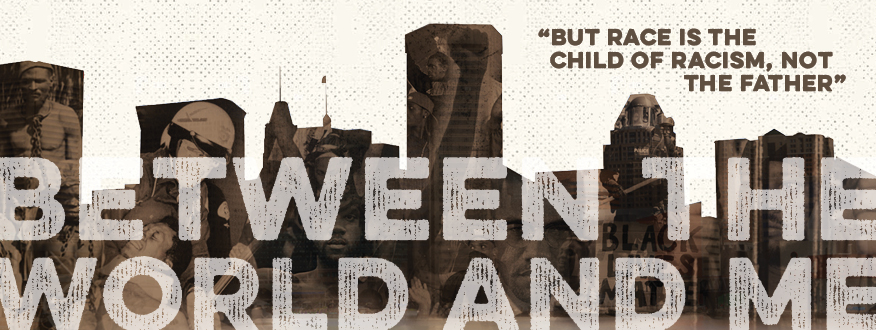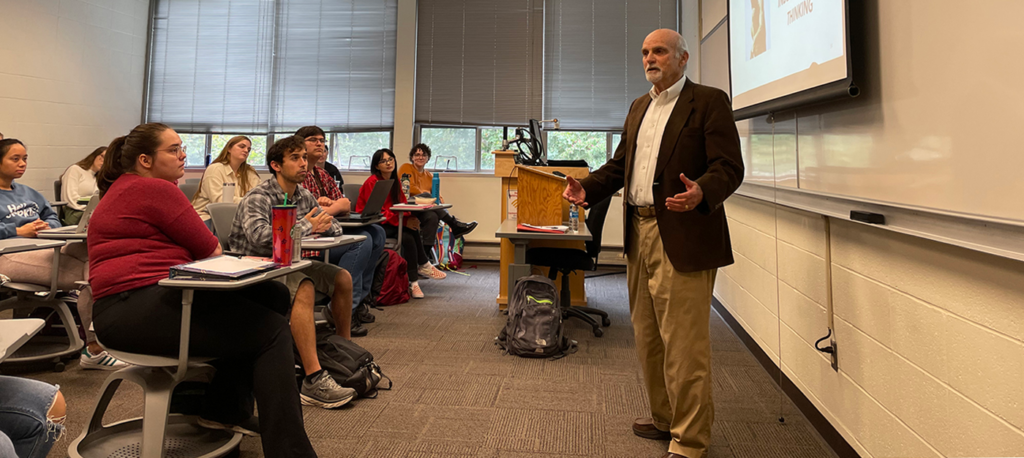Page 62 • (1,153 results in 0.069 seconds)
-

Museum Day Live! in 2016. By communicating the topical diversity of the field and the racial, ethnic and cultural diversity of psychologists themselves, we are encouraging young women and girls of color, and all visitors, to consider careers in psychology, use psychology to improve their daily lives and create positive social change in their communities, and to be excited by the museum experience.” To learn more about the history of the exhibit, visit APA’s website. Read Previous PLU’s Diversity
-

and China to Trinidad and Tobago, or shorter January Term and summer programs from a diverse rotating list of countries that include Italy, Namibia and New Zealand. For those looking to explore other parts of Washington or the United States, domestic options include Neah Bay, Washington, and Honolulu, Hawaii. Internships, research, language immersion and cultural exploration are foundational elements of study away experiences, and vary from program to program. Whereas many of PLU’s peer
-
, civil, chemical, and biomedical engineering. Formal agreements are maintained with Columbia University in New York City and Washington University in St. Louis. Occasionally, a student may choose to transfer to a non-affiliated institution for the final two years of study, but in such cases there can be additional requirements imposed by the engineering school. PLU students who have participated in 3-2 Engineering tell us of their rich cultural and academic experiences at both schools, and they are
-

lecture for first-year students and a symposium through the Wang Center. Published in 2015, the awards won by the author for Between the World and Me include the 2015 National Book Award for Nonfiction and the NAACP Image Award for Outstanding Literary Work. It was also a finalist for the 2016 Pulitzer Prize for General Non-Fiction. The committee would like to continue to highlight the following themes in Between the World and Me: 1. Constructions of race: the social, political, economic and cultural
-

characteristics of our community including our ethnic and cultural diversity, the challenges and opportunities associated with being a west coast port city, the presence of Joint Base Lewis McCord, and continual growth and development in our region, CCES and the Wang Center will continue to support student and faculty engagement in Tacoma. Rachel Haxtema (TIES Program Coordinator) will continue to lead these efforts as the program transitions away from a semester-long study away model toward a sustainable
-
the voice of Student Engagement for the approximately 3,000 Pacific Lutheran University students. Engage Team Ambassadors build strategies throughout the academic year that enhance academic, vocation, and awareness, throughout students’ educational journey and connect students to campus clubs and organizations. Ambassadors assist, in partnership with campus partners, to link and train about resources related to leadership development, including cultural competency & inclusion, identity & self
-
Society: Lutheran Sources of Social Change. By Sandy Deneau Dunham Art of Diplomacy An exhibition celebrating Norway’s constitution, 1814-2014: Red White and Blue– Norwegian Constitution, American Inspiration, held its exclusive U.S. premiere at PLU’s Scandinavian Cultural Center and remains on display through Sept. 28. By Sandy Deneau Dunham Editor’s Note Welcome to the first online-only “refresh” of ResoLUTE, featuring PLU stories that just couldn’t wait for the all-new edition of the magazine in
-
Refresher: This coursework will focus on helping RISE Summer Academy students be better prepared to enter medical school. The coursework will be taught by College of Medicine faculty. Cultural Engagement and Community Building: This will include meetings with the WSU Health Sciences Spokane Native American Health Office, AIAN clinical faculty, and visit(s) to an area tribal clinic. Medical Student Mentors: RISE Summer Academy students will have medical student mentors to help guide them through the
-

the minor but is also a general education course open to all PLU students. Professors from the history, English, German, religion, social work and Hispanic Studies departments worked together to create the course to allow students to investigate the intersections of dehumanization, violent oppression, cultural destruction, and war. “We wanted to highlight the interdisciplinary and global focus of Holocaust and Genocide Studies beyond studying the history alone,” remembers PLU English professor and
-
Lecture Spring 2019 Patricia Heberer-Rice - U.S. Holocaust Memorial Museum 7 p.m. | Thursday, April 25, 2019 | Anderson University Center – Scandinavian Cultural Center Free and Open to the Public Nameless Victims, Silenced Voices: A Profile of Victims of the ``Euthanasia`` ProgramFrom October 1939 until the final days of World War II, the “euthanasia” (T4) program claimed the lives of an estimated 250,000 disabled patients residing in institutional settings throughout Germany and in certain regions
Do you have any feedback for us? If so, feel free to use our Feedback Form.


